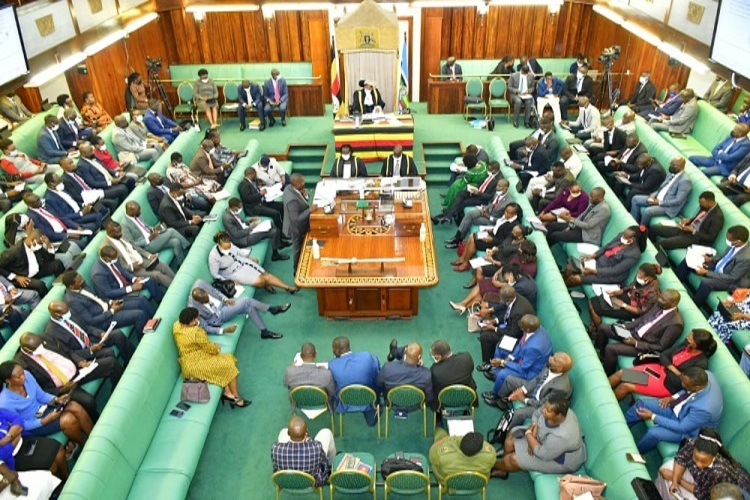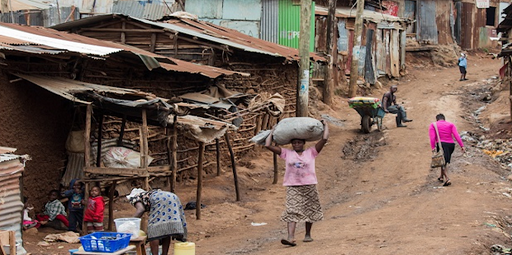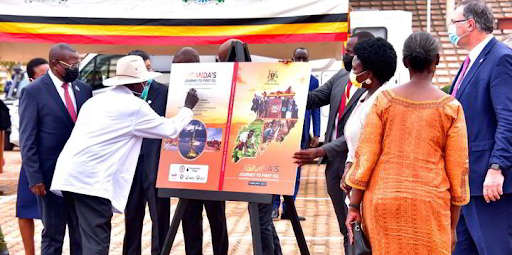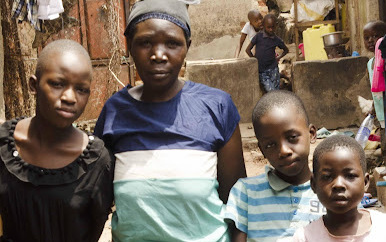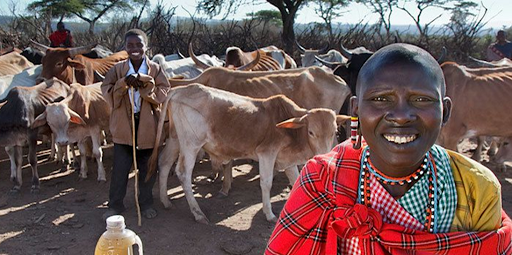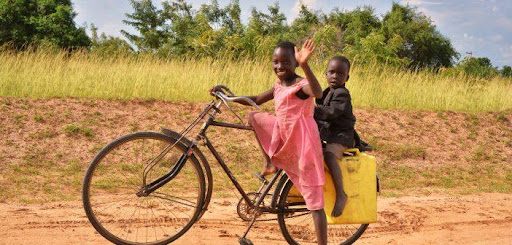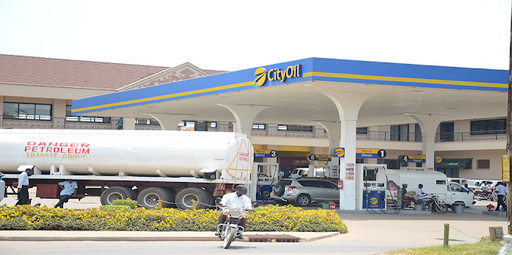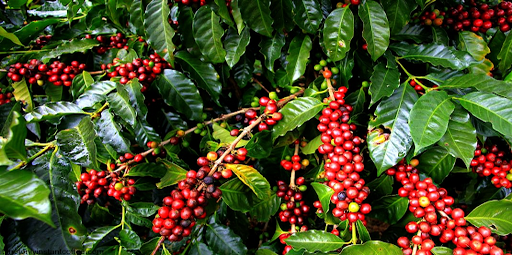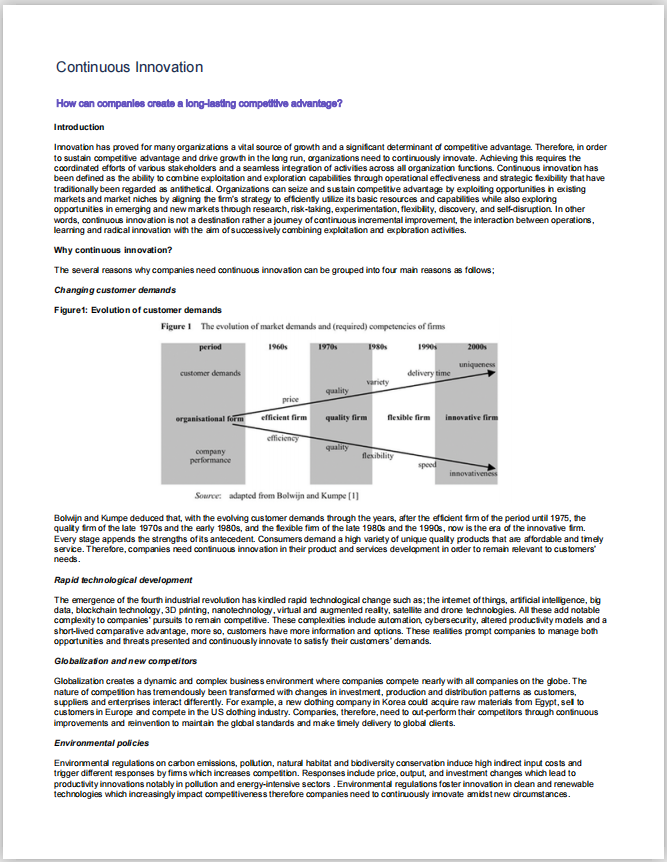
Continuous Innovation
Innovation has proved for many organizations a vital source of growth and a significant determinant of competitive advantage. Therefore, in order to sustain competitive advantage and drive growth in the long run, organizations need to continuously innovate. Achieving this requires the coordinated efforts of various stakeholders and a seamless integration of activities across all organization functions. Continuous innovation has been defined as the ability to combine exploitation and exploration capabilities through operational effectiveness and


